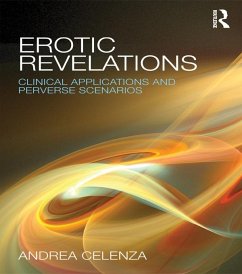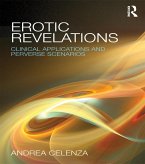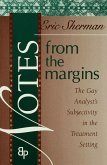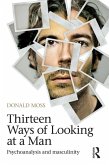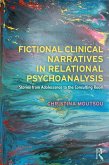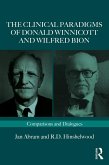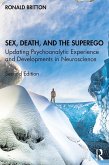Andrea Celenza has divided this book into two parts, with clinical, theoretical, and technical discussions in each chapter:
Part I: Varieties and Meanings of Erotic Transferences and Countertransferences
- Presents the varieties and meanings of erotic transferences and countertransferences common in clinical situations;
- Includes case studies of erotic material used as examples of phases in treatment as well as moments of defensive impasse;
- Includes discussions of the management of aggression, underlying merger fantasies, uses of countertransferences (in multiple forms), and dilemmas surrounding self-disclosure.
Part II: Perverse Scenarios Revisited
- Reconceptualizes and restores the term perversion into the clinical lexicon;
- Views perversion as a quality of relating rather than a specific action or behavior;
- Presents a wide range of clinical illustrations that demonstrates the usefulness of this reformulation.
Erotic Revelations puts sexuality back into psychoanalytic theorizing and makes a place for erotic transferences of whatever shape, in every analysis or therapy. With a strong clinical focus, this book will redefine how to work with many aspects of sex and gender in clinical psychoanalytic practice and will be an essential resource for psychoanalysts, psychotherapists, psychologists, educators, trainers, students and those with an interest in the mental health field.
Dieser Download kann aus rechtlichen Gründen nur mit Rechnungsadresse in A, B, BG, CY, CZ, D, DK, EW, E, FIN, F, GR, HR, H, IRL, I, LT, L, LR, M, NL, PL, P, R, S, SLO, SK ausgeliefert werden.
"In this provocative new contribution, Andrea Celenza courageously explores some of the most controversial areas in contemporary psychoanalysis. With detailed clinical examples she challenges the reader to think of eros, gender, and perverse scenarios in complex, multi-determined ways that transcend binary distinctions or reductive classical formulations. I highly recommend it to all psychoanalytically-oriented clinicians."- Glen O. Gabbard, MD, Author, Love and Hate in the Analytic Setting

